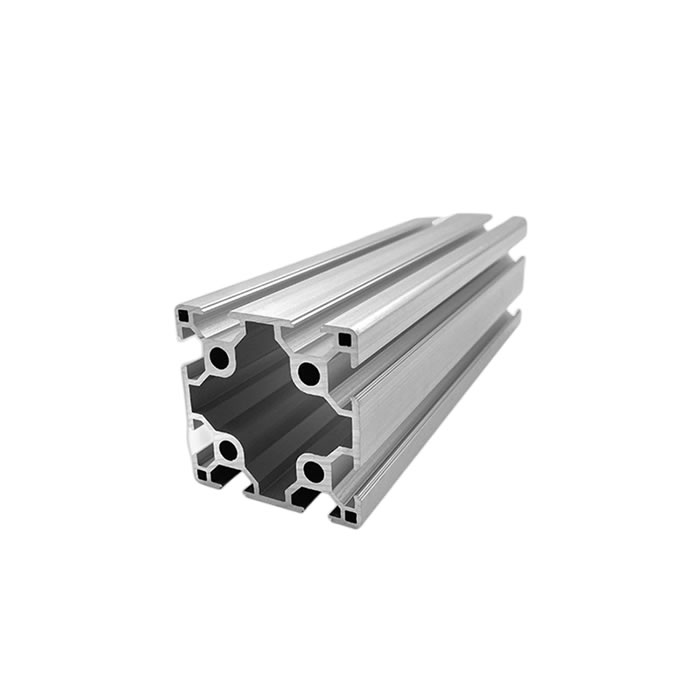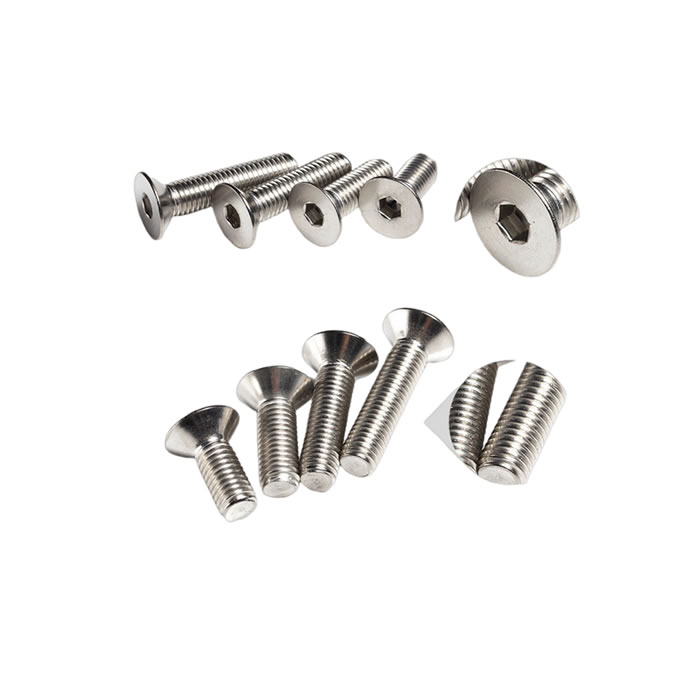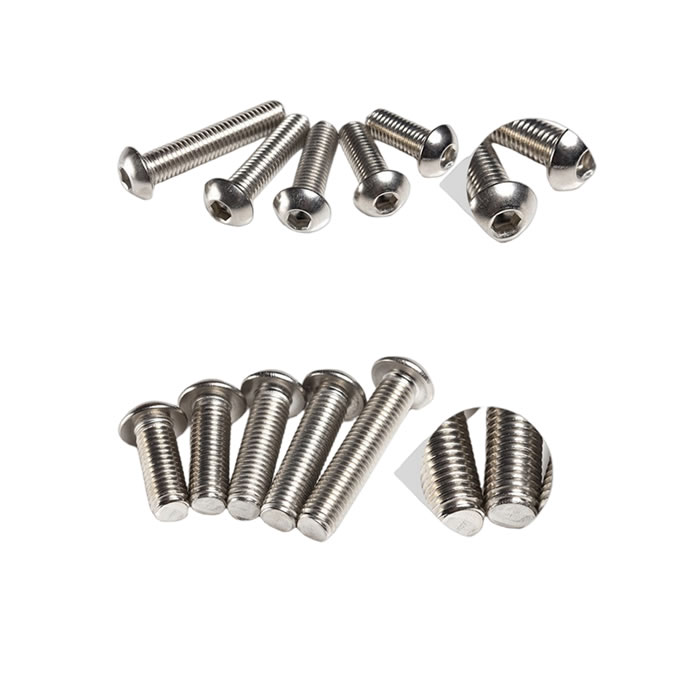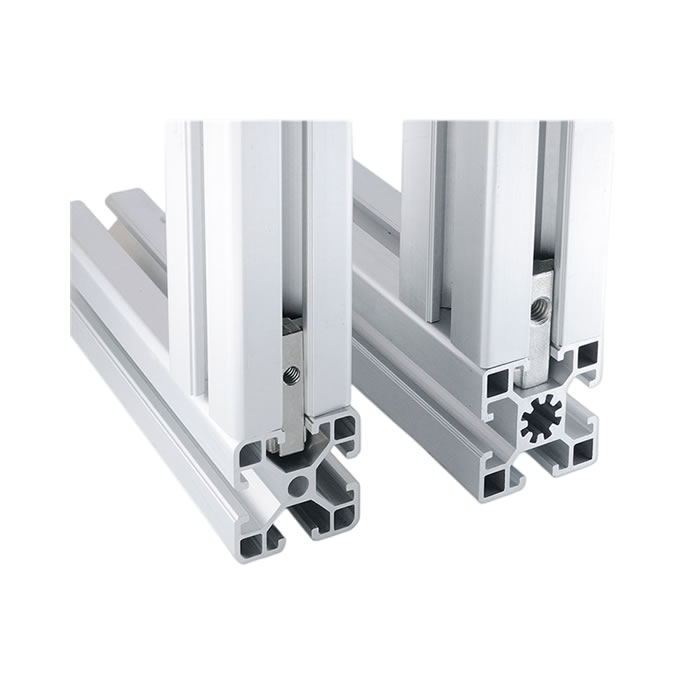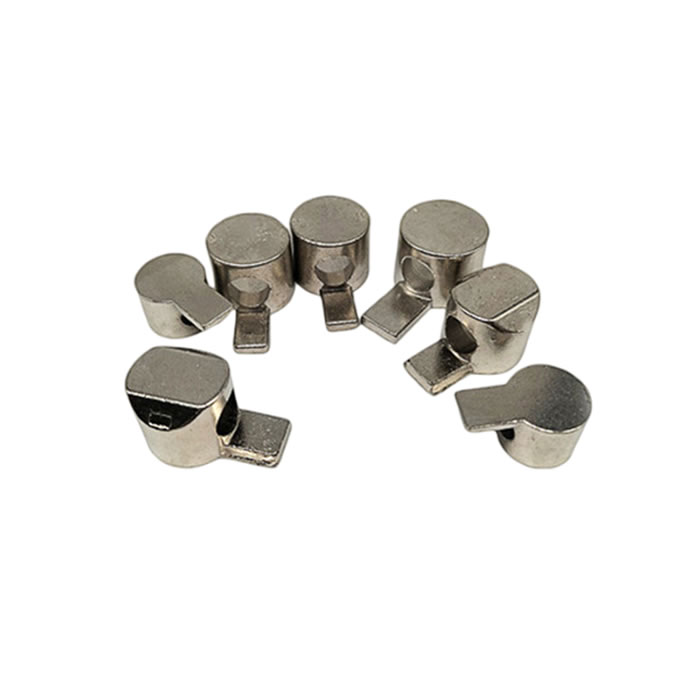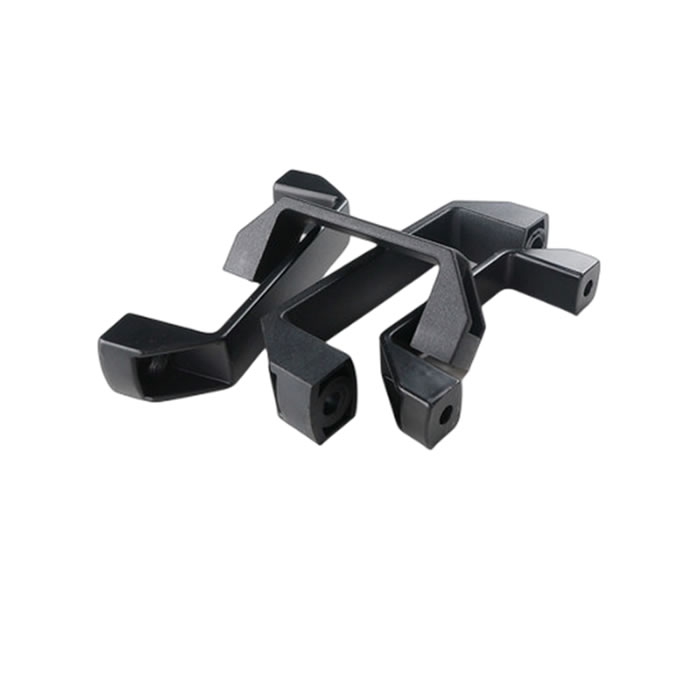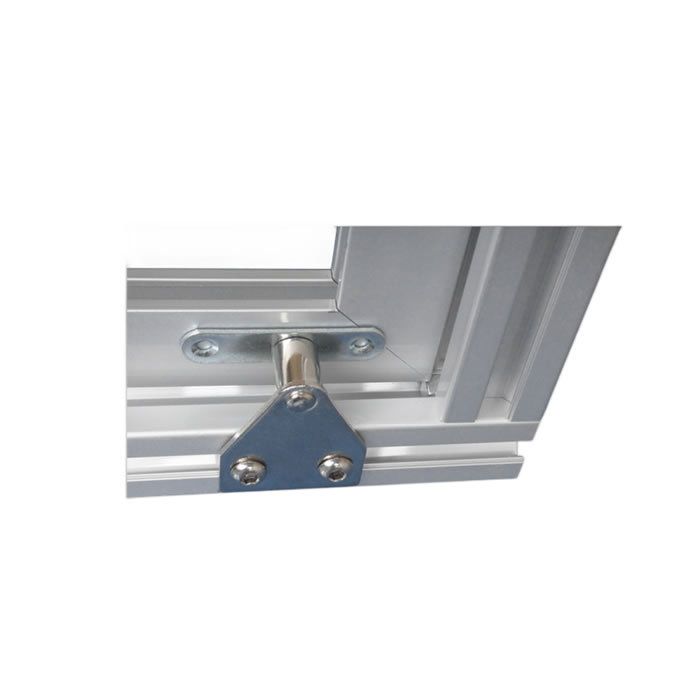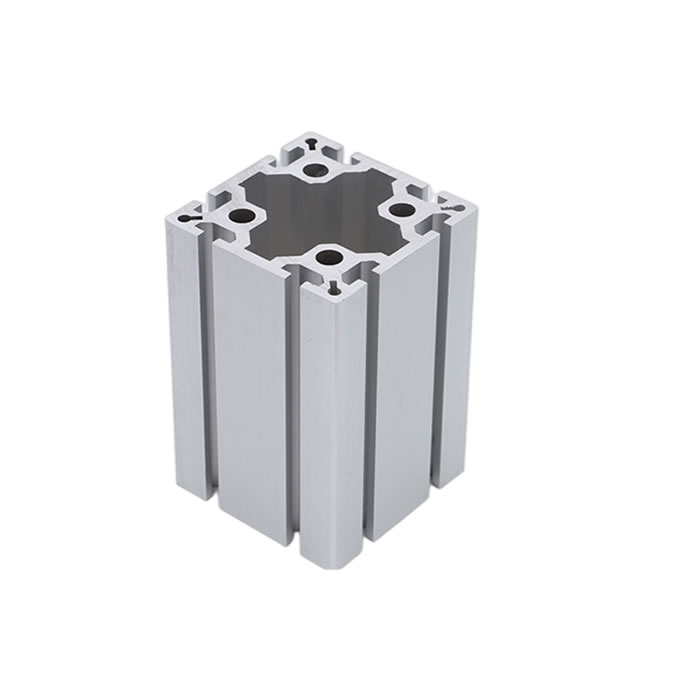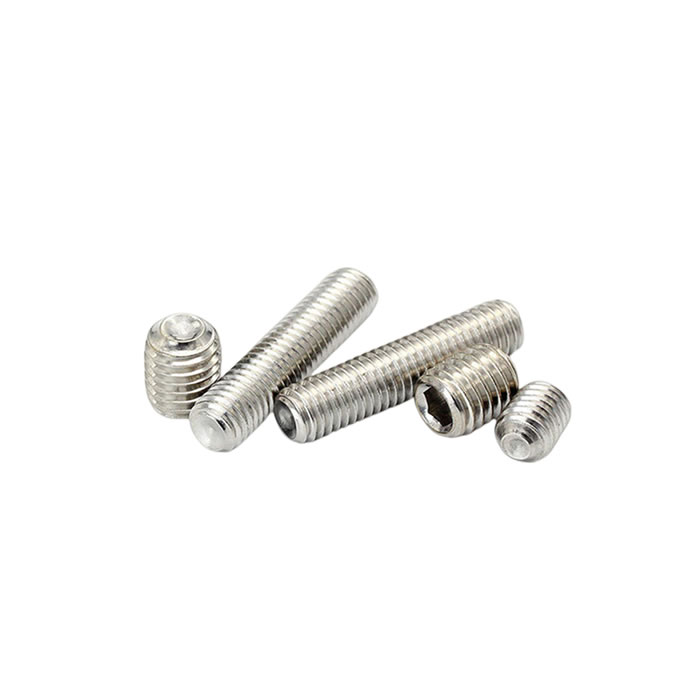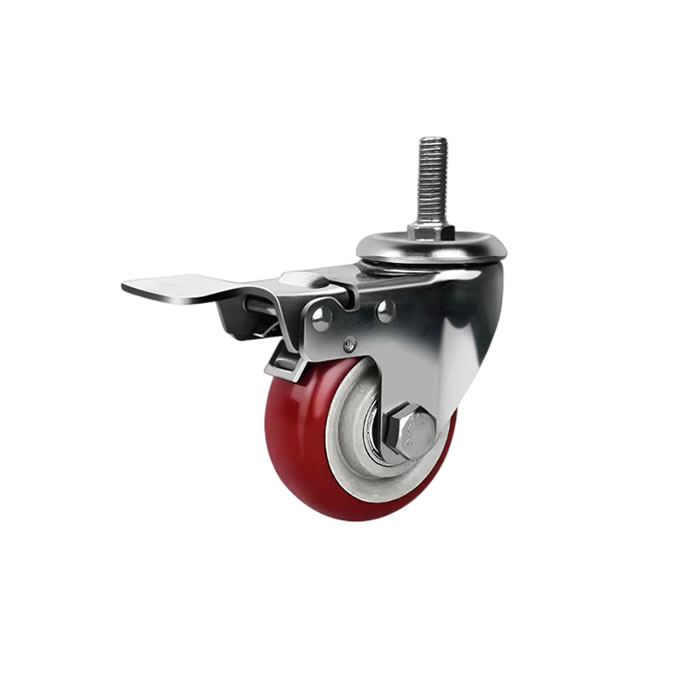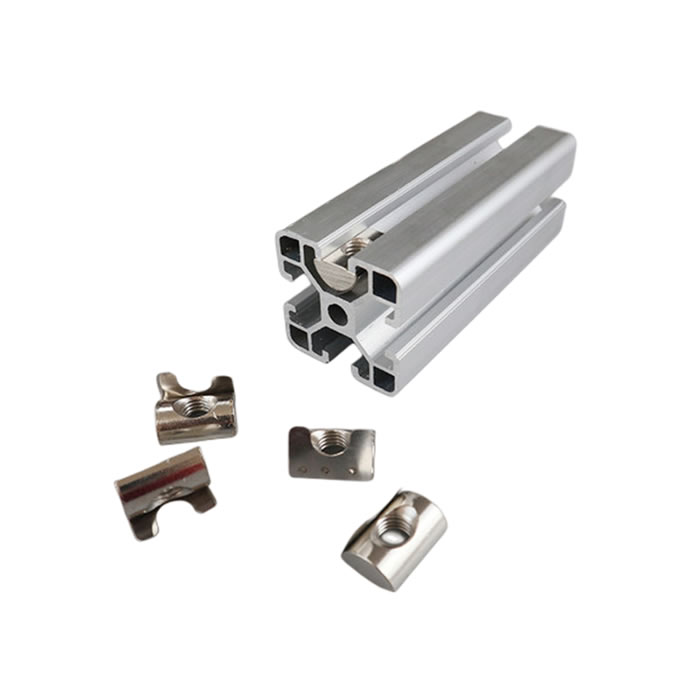Advantages of Wide Groove Width in Industrial Aluminum Extrusion
Basis for Selecting the Thickness of Industrial Aluminum Profile Extrusion Plates Industrial aluminum profile
extrusion plates are widely used in many industries due to their lightweight, durability, and flexibility.
Intended Use of the Plates The first factor to consider when selecting the thickness
of Industrial aluminum profile extrusion plates is the intended use of the plates.
Different applications require different levels of strength and durability,
so it is important to choose a thickness that is appropriate for the intended use.
For example, if the plates will be used in construction,
a thicker plate may be required to withstand heavy loads and harsh weather conditions.
On the other hand, if the plates will be used in a less demanding application, a thinner plate may be sufficient.
Type of Extrusion Process Another factor to consider when selecting the thickness of
industrial aluminum profile extrusion plates is the type of extrusion process.
The thickness of the plates can affect the extrusion process,
so it is important to choose a thickness that is compatible with the chosen process.
For example, some extrusion processes may require a thinner plate to facilitate better flow of material,
while others may require a thicker plate to withstand the extrusion pressure.
Desired Level of Strength and Durability Finally, the desired level of strength
and durability should be taken into consideration.
Thicker plates generally offer greater strength and durability,
but they may also be more difficult to work with and may require more energy to extrude.
Thinner plates may be easier to work with,
but they may not offer the same level of strength and durability as thicker plates.
It is important to find a balance between the desired level of strength
and durability and the practical constraints of the extrusion process.
Benefits of Industrial aluminum extrusion Groove Width In addition to thickness,
groove width is another important factor that affects the strength and durability of industrial Aluminum Extrusions.
The groove width refers to the distance between the two opposing sides of the groove in the extrusion die.
A wider groove can offer several benefits over a narrower groove.
Improved strength and durability
A wider groove allows for a thicker section of material to be extruded,
resulting in a stronger and more durable extrusion.
A wider groove also allows for a more even flow of material,
reducing the risk of defects and weak spots in the extrusion.
Increased flexibility and versatility
A wider groove allows for a greater range of shapes and designs to be extruded,
allowing for more creative and complex assemblies.
A wider groove also allows for a greater range of alloys and materials to be used in the extrusion process,
enabling the use of materials that may not be compatible with narrower grooves.
Reduced production costs
A wider groove allows for a larger amount of material to be extruded simultaneously,
reducing the number of extrusion passes required to achieve the desired shape
and reducing the time and energy required for the extrusion process.
This can result in significant cost savings over the long term.

